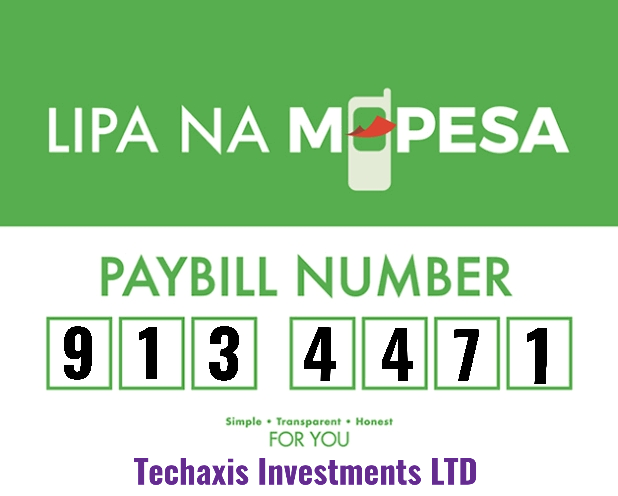Description
What is quality content?
That is the million-dollar question. Knowing how to write good content helps you get more visitors, lower bounce rates, and higher conversions. But who determines the quality of your content? The easy answer is: your users. However, this also makes creating the right content more difficult. Because every user is different and has a different search intent. They have one thing in common, though. Every user knows what they want. Meanwhile, you’re still figuring out what your audience wants to read about!
That’s not how you would expect an article about writing quality content to start, is it? Don’t worry, we’re definitely not done yet! Although the quality of your content is eventually determined by your users, there are a few steps you can take to make sure you end up with well-thought-out, readable, and attractive content. In other words: content that’s eligible to be considered as high-quality by your users and search engines. And yes, this will take some time. But it’s time well spent, trust me. Just remember what I said earlier about what you can attain by writing great content.
Why is quality content important?
First and foremost, you should make good content for your users. People visiting your website aren’t likely to stick around for very long if it’s full of bad content. But that’s not the only reason; low-quality content is bad for SEO too. Google is getting smarter all the time, and now they say they’ve figured out a way to detect low-quality content.
Google wants to start measuring the amount of low-quality pages on your site. If the overall quality is not good enough, all of your pages could end up ranking lower. So you need to focus on making quality content now more than ever.
How to create quality content
1. Write for your readers, not yourself
If you have an ecommerce site, you want readers to know about the products or services you offer. If you’re a blogger, you want readers to get to know you and the topics that interest you. However, it is also important to take into consideration what your users actually want to read about. What interests do they have? What events or news do they follow, that you can relate to your business? And what ‘problems’ are they trying to fix that have led them to your site?
The first step in creating high-quality content is to make sure that it contains the information your audience is looking for. To find out what information your users are looking for, you have to conduct proper keyword research. This will help you determine what subjects to write about and what words your audience uses. Keyword research also helps your rankings, as more visitors and lower bounce rates tell Google that your page is a good result to show in their search results.
2. Make your content readable and engaging
If you want to get your message across and make sure that people read your entire blog post or page, make your content easy to read. What does this mean? It means thinking about the structure of your text and the words you use. Too much text without any headings or paragraphs tends to scare people off, so make sure you use them. They give your readers some air while reading. Additionally, try to limit the use of difficult words and be cautious of the length of your sentences. These can make your content harder to understand, which in turn will slow down your reader. And lastly, it’s good to use variation in your text to make it engaging. Use synonyms, and alternate longer sentences with shorter ones.
3. Think about search intent and your goal
Let’s start with the basics. What does search intent mean? Search intent is the reason why someone conducts a specific search. It’s the term used to describe their purpose. For example, do they have a question they need answered? Or do they want to buy something online? Someone’s search intent makes a difference in how they consider the quality of your content. If it fits their need at that moment, then they will stay on your page longer. But if they need an answer to a question and the page they land on only tries to sell them products, they’ll be gone before you know it.
It’s important to take search intent into consideration while you’re creating the content for a specific page. That’s why I would advise you to match your goals to the different search intents users might have. Is one of your goals to get more subscriptions to your newsletter? Then you should add that subscription button to pages where users with an informational intent land.
Does a visitor have a transactional intent (meaning: they want to buy something)? Make sure they land on the right page. If someone searches for the term “Product x”, you don’t want them to land on a blog post discussing a topic related to that product. Ideally, you want them to land on a page dedicated to “Product x”. However, a category page when you have multiple variations of “Product x” works too.
Of course, experience tells us it’s not always that black and white. Still, it’s good to consider the search intent your users might have. It will help you determine the focus of your content and what call-to-actions you want to add to a specific page or post. A great way to get started, is by adopting a content design mindset. This mindset helps you produce user-centered content based on real needs. Also, for some input, I would recommend having a look at the search results to create great content.
4. Be trustworthy
When people land on your page, it’s also important to build trust. Especially when they’re not familiar with your site yet. You have to show your audience that you are trustworthy. How? First, by writing in a clear and user-oriented way. Second, try to stay away from stock photos, as genuine photos create more trust and give your site a personal feel. The same is true for your ‘About us’ page. Try to use actual photos of your team.
Make the switch to HTTPS
A few years ago, switching to HTTPS was a major undertaking. Some big sites waited years to do it because it came with several challenges, like speed issues and the cost/benefit issue. These days, it’s manageable. If you’re planning to make the switch, be sure to make a checklist, so you don’t forget anything during the process.
The Let’s Encrypt project issues free certificates to anyone wanting to secure their site. Several web hosts even offer free Let’s Encrypt services that make the installation of a certificate as easy as pie. That is, however, only one piece of the puzzle. On Google’s Secure your site with HTTPS, you can find more information on best practices.
WordPress makes it easier to move HTTPS
A feature introduced in WordPress 5.7 makes moving to HTTPS a lot easier. Site Health now has a check that sees if your WordPress site runs on a hosting account ready for SSL. Most hosting providers can arrange an SSL certificate for you, so you have to get one and activate it for your site in your hoster’s account. After that, Site Health will tell you if your site is ready to switch from HTTP to HTTPS. If the blue button appears, you can update to HTTPS with one click. WordPress will update the URLs in your database and will prevent so-called mixed content from happening.

HTTPS is the default
There’s no reason for your site not to be served via a secure connection. The importance of HTTPS has only grown over the past couple of years, and, in return, the process to upgrade your site to HTTPS has simplified. A secure site is now available for everyone. Visitors have come to expect it as well, so there really is no reason to lag!
Read More: The Ultimate Guide to an Outstanding Site Structure»











Reviews
There are no reviews yet.